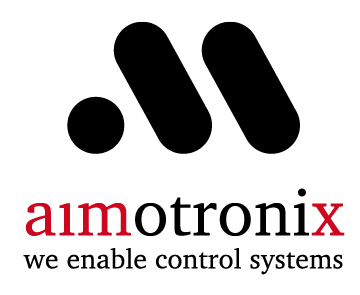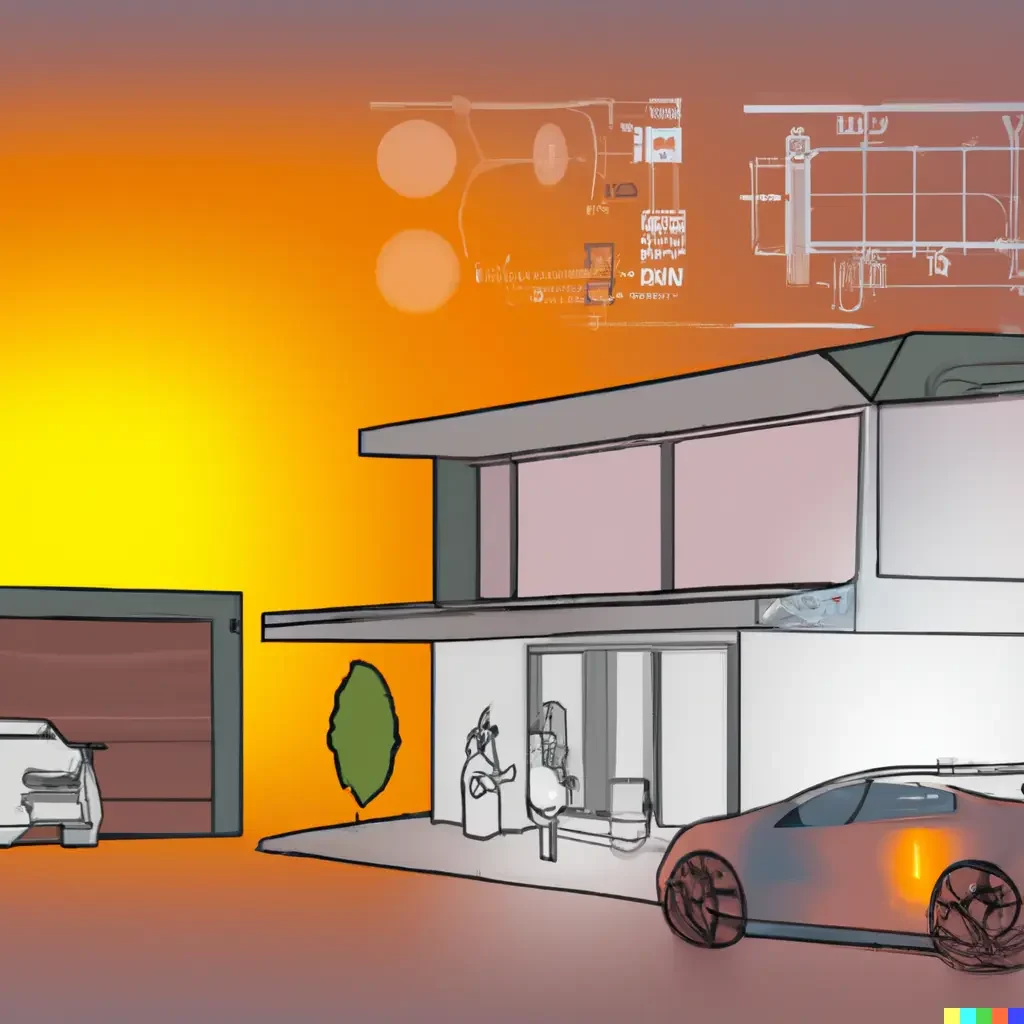Insights
Impact of Grid Tariffs on Battery Design
Designing an energy system for a modern building in a cost-effective manner is not an easy task. Besides environmental and legislative constraints, architects and engineers face the primary objective of minimizing the total cost of ownership of the system which, ultimately, means striking a balance between the investment cost and the long-term energy savings that it will bring.
Optimal Energy System Design
The global energy market is undergoing continuous changes and the price of energy has become an increasingly important consideration in the design and construction of buildings. As energy costs continue to rise and concerns about climate change mount, architects and engineers are under pressure to create buildings that are more energy-efficient and environmentally sustainable while remaining economically viable.
The Difference between Energy and Power
Have you ever wondered what the difference is between power and energy? With the climate crisis, the political and the economic dislocations in the recent months, many discussions around our energy systems arose. In these discussions, terms like “power”, “energy”, or “energy storage” are used frequently together with units like “Megawatts (MW)” or “Terawatt hours (TWh)”.
How to Model, Optimize, Calibrate, and Control Energy Systems
Energy systems are complex nonlinear systems that require advanced modelling and control techniques to achieve optimal performance, efficiency, and emissions. Traditionally, the development and calibration of these systems involve tedious and time-consuming processes that rely on extensive testing and manual tuning. However, with the advent of model-based design and calibration tools, these challenges can be overcome by using a streamlined and automated workflow.
Why Model-Based Design and Model-Based Controls?
If you are working on complex systems such as motion control, industrial equipment, aerospace, or automotive applications, you might have heard of model-based design (MBD). But what is it and why should you use it?





